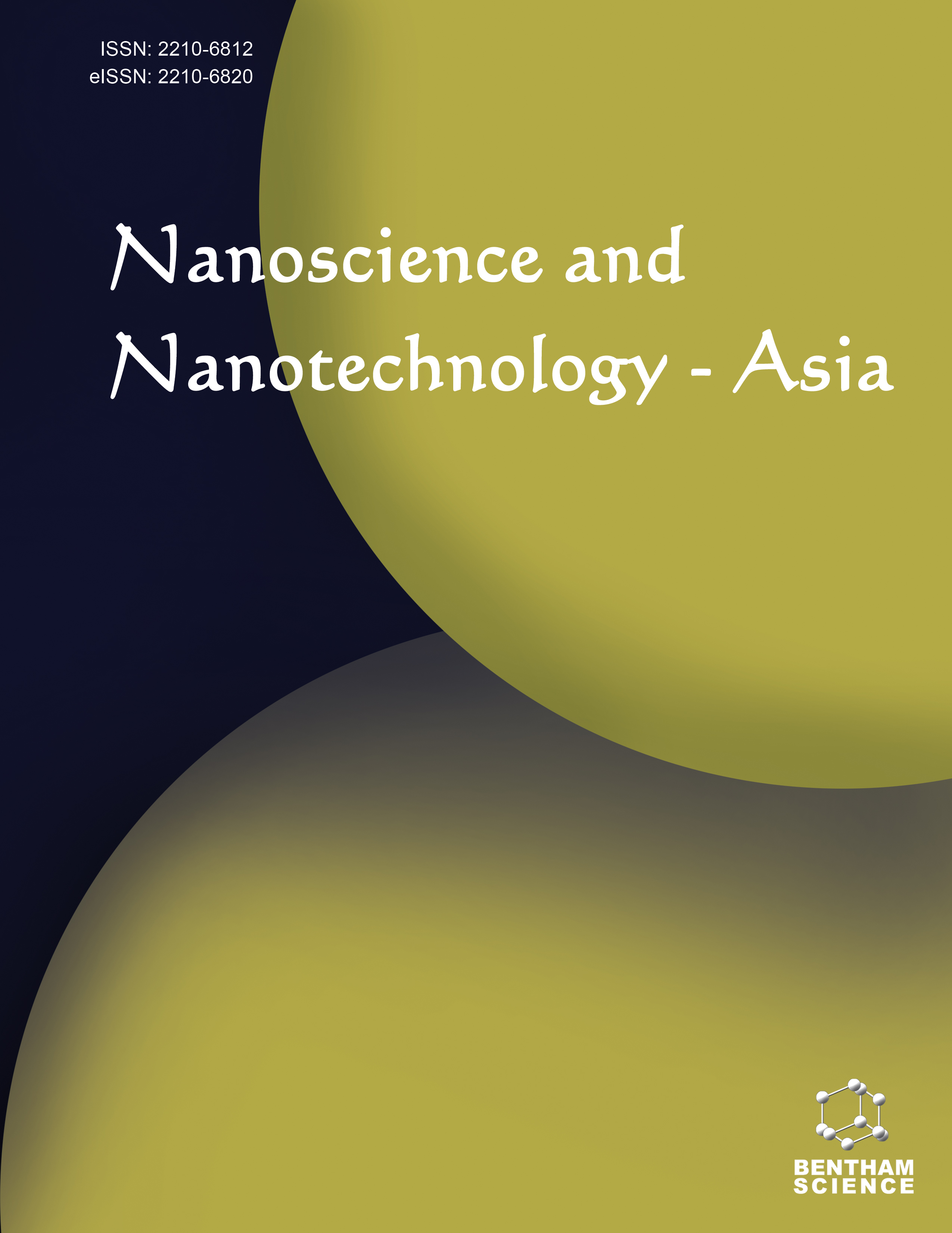
Full text loading...
Increased environmental occurrences of nanoparticles are reported to be hazardous to aquatic life. The uptake of nano pollutants poses a significant impact on fish behaviour, reproductive function, endocrine system, and immune response, among other physiological factors. The review article highlighted various factors that are involved in nanotoxicity and also listed out the effects and mechanisms of nanoparticle on aquatic system. The behaviour and toxicity of nanoparticles on oxidative stress, DNA damage, and histology abnormalities are recorded from various literature. Additionally, the knowledge gaps on the effect of nanoparticles that could alter the neurological and immunological systems of aquatic creatures, influencing the release of cytokines and neurotransmitters are summarized. Various developmental defects and physiological disorders in fish are caused by mitochondrial malfunction, membrane damage, and DNA changes. Haematological, biochemical, and histological characteristics in the exposed microenvironment affect the natural growth and development of aquatic organisms. Overall, this review highlights the critical information on the toxicity of the nano exudate on the aquatic species and records of their ecotoxicological assessment of aquatic ecosystem.

Article metrics loading...

Full text loading...
References


Data & Media loading...

